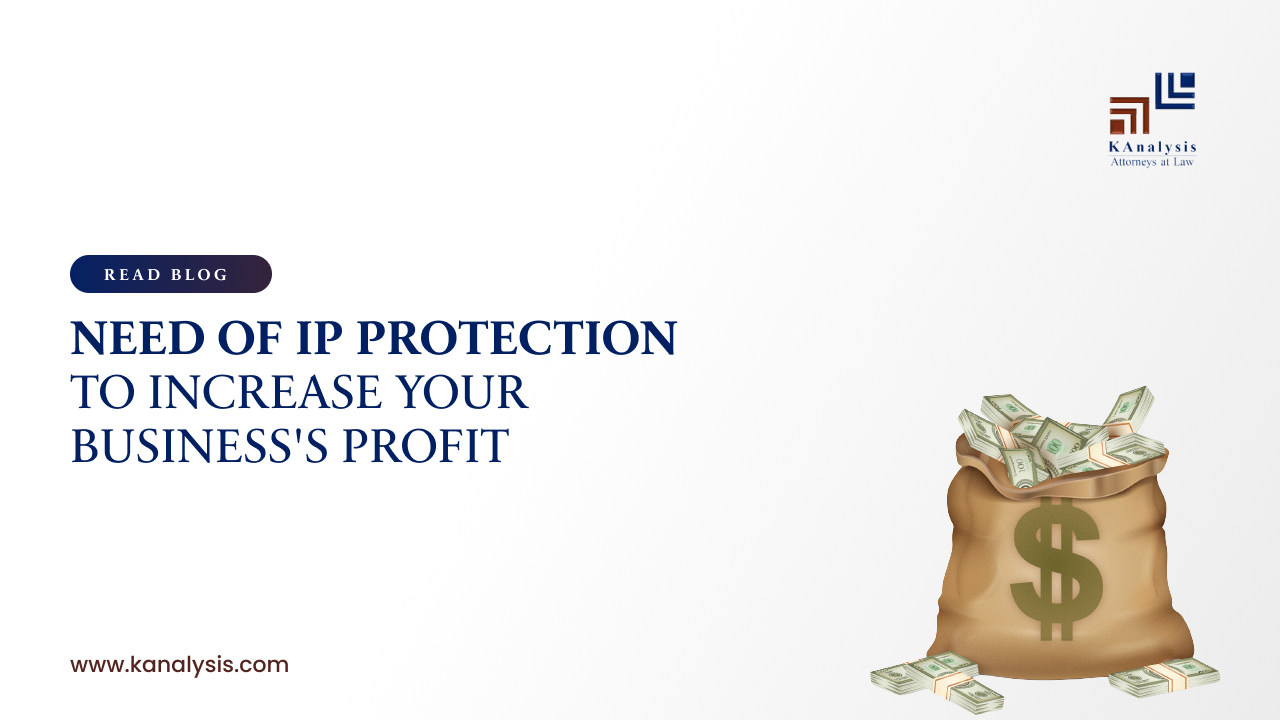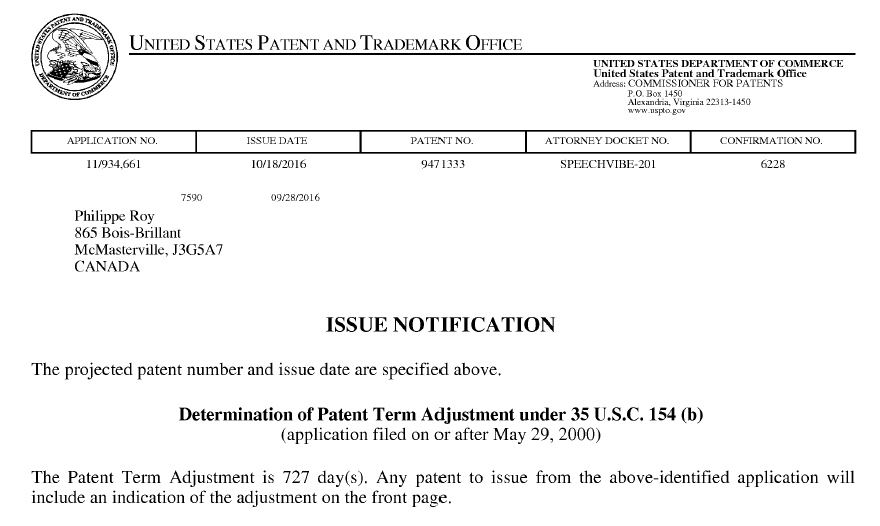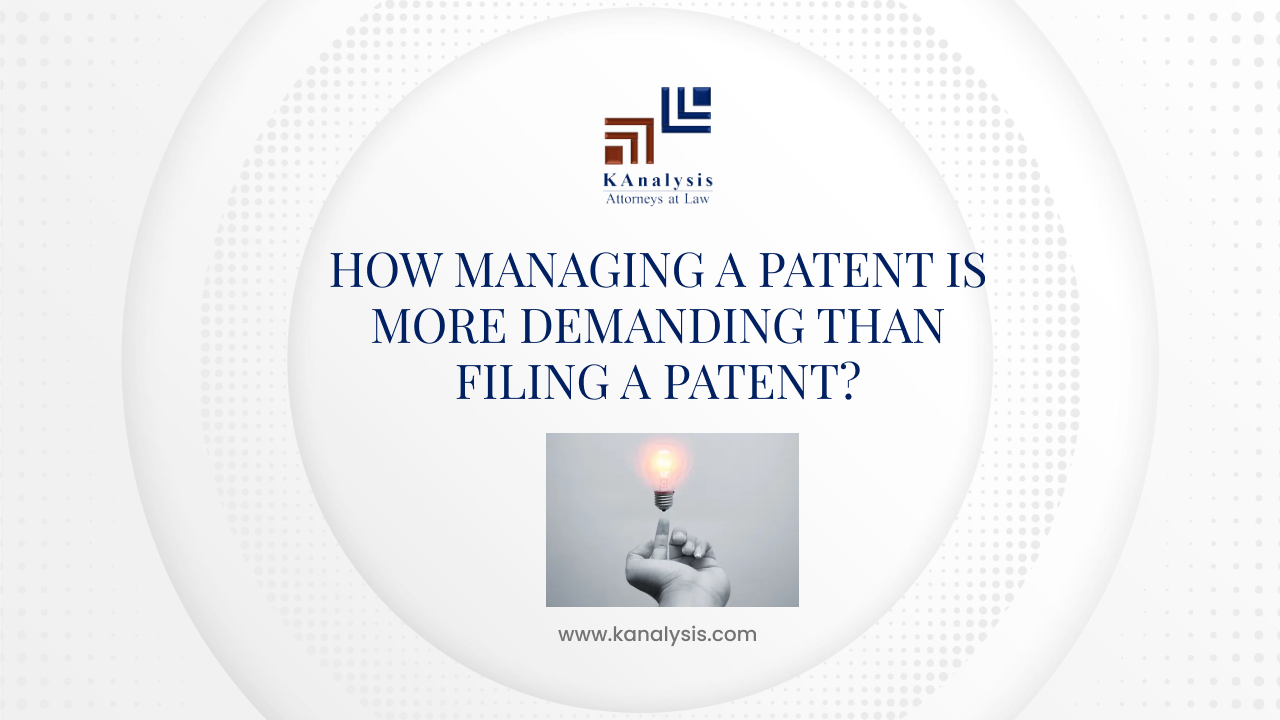Intellectual property (IP) is the foundation of any modern business. IP protection serves as both a shield and a sword for organizations, assisting them in securing long-term cash streams through IP licensing and patent enforcement. As a result, IP must be adequately protected from copying, as it might damage an organization’s market position and hinder business growth.
Through licensing, pooling, securitization, or purchase, intellectual property rights form a protective wrapper around an intangible asset, locking in value and making it tradeable. Companies’ investments in developing new products and processes, or even merely developing new product concepts, are jeopardized in the absence of IPRs.
Understanding the benefits of IP
- Keeping your competitive edge
A patent right can protect your unique product/process or improved product/process, giving your company a competitive advantage. The freedom to exclude others afforded by patent protection enables you to avoid competition, take the lead, and secure market position.
Knowing how to preserve trade secrets is equally essential for defending your competitive area. Specific product specifics, technological know-how, and strategic business knowledge are frequently critical to a company’s performance, allowing it to preserve its competitive advantage. Theft or unintentional disclosure of trade secrets might rob a company of these valuable benefits.
- Visibility in crowded markets
Customers can differentiate your products/services from those of your competitors, and trademarks as a guarantee of consistent quality. Choosing and creating your trademark, protecting it, utilising it in advertising, and policing its misleading/improper use by others should all be done with great care.
Another way to differentiate yourself from the competition and acquire market share is through the visual component of your product, which is protected by an industrial design right. A visually appealing design can attract a demanding and diverse audience and may be your product’s single most critical differentiating element.
What is IP Protection?
IP protection protects one’s original creations, such as inventions, designs, brand names, software programs, and so on, through legal means such as patents, trademarks, and copyrights. These intellectual property rights (IPRs) granted to innovators allow corporations to legally ban other market participants from producing or exploiting their distinctive assets.
As intellectual property (IP) is a significant asset for businesses and organizations that must be safeguarded it in order to differentiate themselves from competitors and employ IP as a vital aspect of their business plan.
Nexus between IP protection and business growth/profit
The filing and defending of IP cases are expensive, most businesses avoid it by protecting their IP in a timely and suitable manner. For example, in the United States, defending a patent case can cost up to $1 million on average. As a result, avoiding such significant expenditures through proper IP protection promotes growth for small, medium, and large-scale organizations.
Market Share: When an IP-centric business’s intellectual asset is not protected under the applicable jurisdiction, it can result not only in duplication of such advances but also in wrongful litigation against the original IP developer.
For example, if an intellectual property (IP) is not secured, competitors can readily replicate the technique, procedure, or innovation to obtain a competitive advantage. Competing organizations can thereby take a larger percentage of the market share, stifling the organization’s business growth and profit. Similarly, competitors can create concurrently and seek IP protection for identical unprotected intellectual assets of a corporation that are not yet publicly available. If accepted, the opponent may next sue the original corporation for infringement. This can result in a significant loss of time and resources for the defendant firm, as well as slowed business growth.
Focus on Core Areas of Business Growth: According to the World Intellectual Property Organization’s (WIPO) official handbook, intellectual property (IP) should work for companies rather than the other way around. As a result, protecting intellectual property can help firms save a lot of time and money in terms of filing for IP infringement claims, giving them adequate time to focus on their key areas of business growth.
When intellectual property is legally secured, businesses can focus on key parts of their operations, such as monetizing the IP and growing it into consistent revenue sources. Companies that are involved in legal fights wind up spending a large amount of money that could have been used to advance their business growth.
Role of IP in revenue generation
Better Asset Identification: When a company seeks IP protection, they have to comply with many requirements at many stages such as IP filing and prosecution of the respective IP. Only after these processes is their distinctive and inventive IP legally protected against replication. Such procedures assist firms in developing a more strong IP portfolio, allowing their business development teams to identify the most profitable paths to achieve the organization’s commercial objectives. When intellectual property assets are effectively identified, they can be monetized more profitably to spur business growth.
Improve Target Market Identification: Organizations are constantly attempting to identify the patent landscape of competitors’ patents so that they can develop similar ideas without creating legal infringement. This tactic works both ways, as corporations strive to protect their intellectual property in different jurisdictions. Companies learn a lot about existing patents in different jurisdictions when they file for IP protection. This creates a broader business outlook for competitors’ target markets, assisting businesses in identifying potential new target markets to improve business growth.
One approach is to process the company’s protected ideas via one or more complementary assets (such as production or distribution) and then sell the resulting product or service. Alternatively (and concurrently), you might convert the IP straight into revenue. Research has shown that there are only six ways to turn a registered and protected innovation or intellectual property right into cash:
- Sell it.
- License it out.
- Use it as the basis for a joint venture (to provide access to needed physical assets)
- Use it as the basis for a strategic alliance (to gain access to markets)
- Use it to protect products and services in order to extract premium prices for them
- Create and spin-out a new company based on the IP
Companies that want to extract the most value from each protected innovation try to activate as many of these six cash conversion mechanisms as possible. Few businesses can use more than two, but those that can generate significant additional money.
Managing intellectual property to extract corporate value is a new and continually developing industry.
Conclusion
Businesses who do not have adequate IP protection may miss out on possibilities to licence their IP to produce long-term business growth and may lose out to competition. However, before attempting to commercialise relevant IP, their primary goal should be to locate and secure it.
Furthermore, firms may be barred from employing their own invention if competitors are able to protect it beforehand. This is a major issue because most firms, particularly small ones, lack the resources to defend themselves against IP infringement litigation. As a result, timely IP protection is crucial to their company’s growth.



